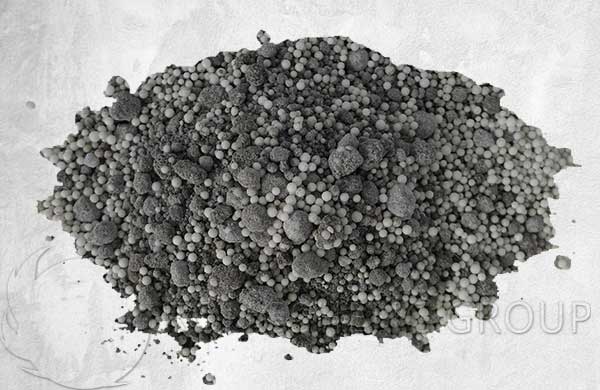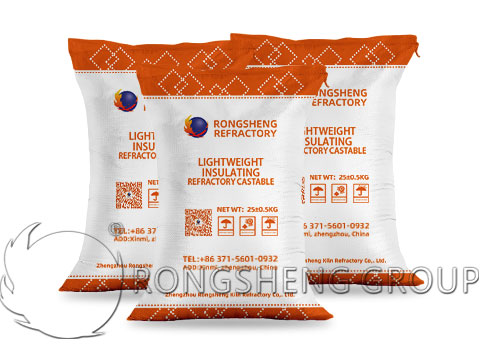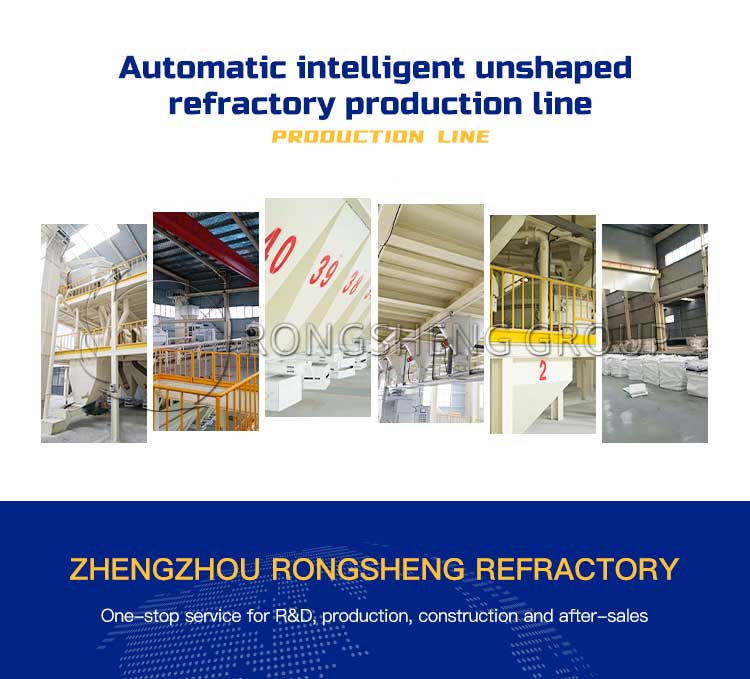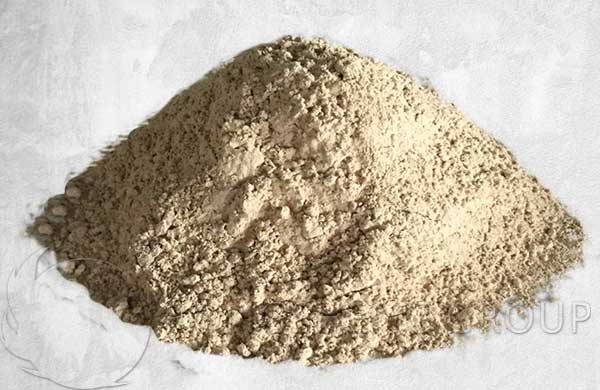Low Cement Castable Properties
Low cement castable, also named as low cement castable refractory, is a kind of unshaped refractory castable. This Low cement castbales are made of superfine power, aluminate cement, anti detonant and water reducer. RS Kiln Refractory Manufacturer supply customers with high quality castable refractory, Email to us for the free quote, and you will get the lower price here!
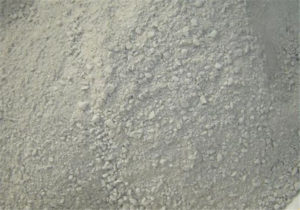
Low Cement Castable Properties
Low-cement, ultra-low cement refractory castables refer to castable refractories with a calcium aluminate cement addition of less than 8%. According to the American ASTM regulations, the CaO content in low cement castables is less than 2.5%, generally between 1.0% and 2.5%. When the CaO content is less than 1.0%, it is called an ultra-low cement castable. Unlike ordinary refractory castables, some or most of the calcium aluminate cement in the matrix of low cement and ultra low cement castables is replaced by ultrafine powder with the same or similar chemical composition as the main material. At the same time, an appropriate amount of dispersant (water reducing agent) and a certain delayed coagulant are added.
Low cement castables refractory material has the merits of high density, low porosity rate, good hot strength, high refractoriness and high refractoriness under load. Besides, the low cement refractory castable has strong mechanical spalling resistance, shock resistance and corrosion resistance ability.
- High density
- Low porosity rate
- Good high temperature strength
- High refractoriness
- High refractoriness under load
- Strong in mechanical spalling resistance, shock resistance and corrosion resistance.
Low Cement Castables Physical & Chemical Index
| Al2O3, % ≥ | 50 | 60 | 70 | 80 | 90 | |
| CaO, % ≤ | 2.5 | 2.2 | 2 | 2 | 1.8 | |
| Bulk density, g/cm3 ≥ | 2.35 | 2.45 | 2.5 | 2.6 | 2.95 | |
| Cold crushing strength, Mpa ≥ | 110x24h | 20 | 25 | 30 | 30 | 40 |
| 1000x3h | 45 | 50 | 55 | 55 | 65 | |
| 1400x3h | 60 | 65 | 70 | 70 | 80 | |
| Linear on reheating, % | 1400x3h | ±0.5 | ±0.4 | ±0.4 | ±0.3 | ±0.4 |
| Max. service temperature, °C | 1400 | 1450 | 1500 | 1550 | 1650 | |
| Water consumption, % | 6 ~ 7.5 | 6 ~ 7.5 | 6 ~ 7.5 | 6 ~ 6.5 | 6 ~ 6.5 | |
Low Cement Castables Application
Due to the Properties of Low cement castable high alumina, it is widely used in the following thermal equipments. Such as heating furnace in metallurgical industry, boilers in power industry and building material industrial furnace.
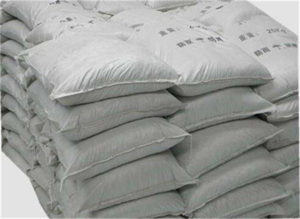
Low Cement Castable Manufacturers
RS refractory manufacturer is a professional supplier of refractory castable for steel industry, petrochemical industry, cement industry, glass industry, etc. We RS Refractory Factories, produced not only various refractory bricks, also own the newly established castable refractory production line, 150 tons per day. If you are looking for high strength castables, low cement castables refractory density, mullite refractory castable, lightweight insulation castables, etc. Please quote us by filling the message box or to the contact us page. Make an ideal purchase plan for refractory castables, Rongsheng will never let you down!
